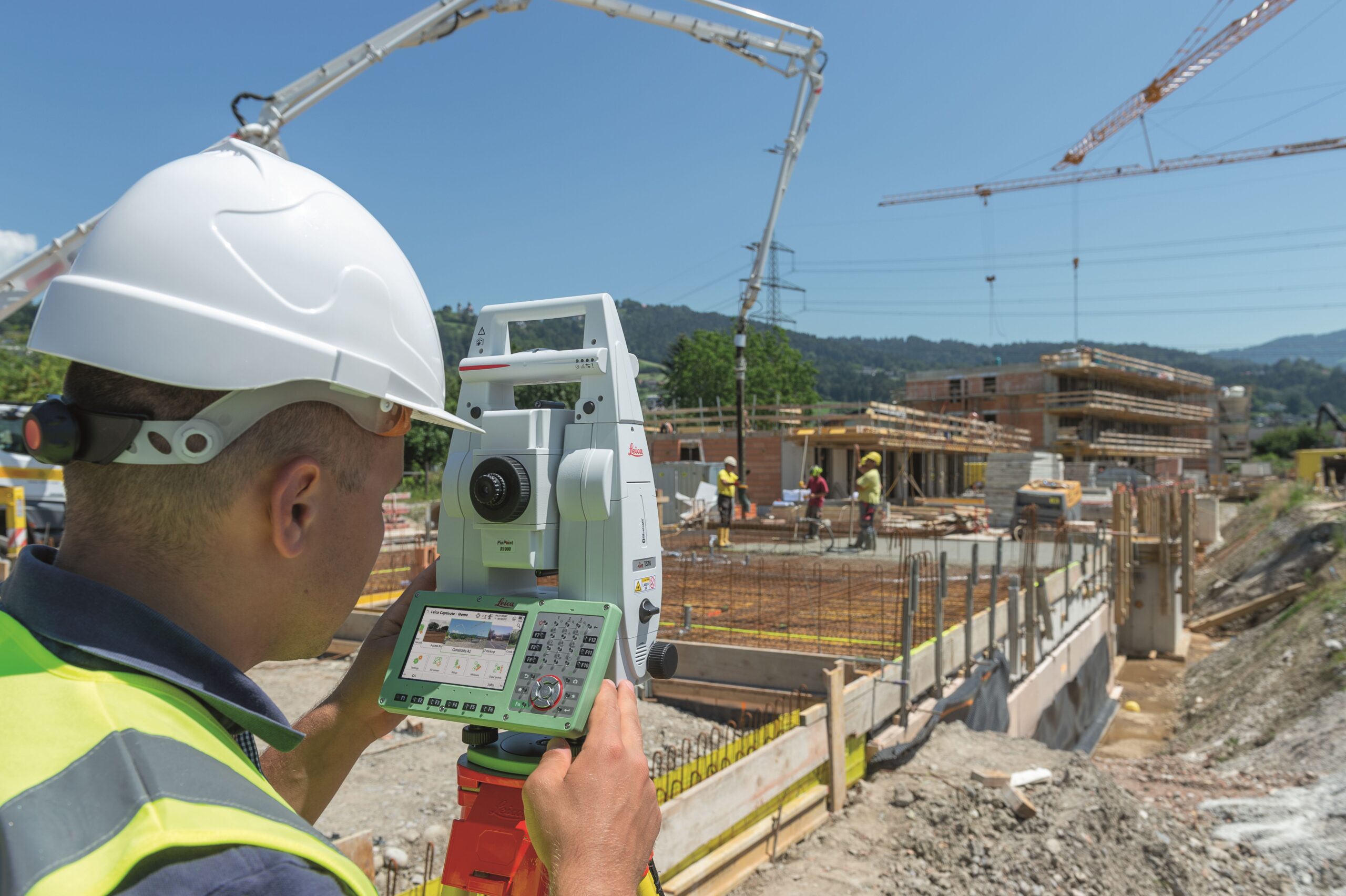Published: 02 Oct 2024
What can you expect from a career in land survey?
There are various routes into becoming a surveyor and you can find out more about them here. Gaining formal qualifications at a college or university is one route into the profession. Our survey training course at The Survey School is designed for new entrants into the profession, or for those with experience, looking for formal training.
Whichever route you choose into land surveying, the great thing about this profession is that it’s very hands-on. There is an office-based aspect to the role, but there is also a great deal of outdoor working and on-site visits too.
Different every day
A surveying career is a rewarding one that often means you work on a diverse array of projects, as surveying is intrinsic to all aspects of engineering and construction. The nature of the work means that no two days are really the same, with every project throwing up new challenges and requiring different skills.
Looking at a ‘typical’ day, then there will usually be a briefing or meeting at the office, to schedule and plan out what needs to be done. If you are site-based, this will take place in the site office. If not, you will travel to the projects you are working on that day. These might be a one-off project, or part of multiple visits and surveys. If you are working on a construction project, you could be on site, setting out a building, using digital levels and a theodolite. This involves projecting plans and dimensions – that so far only exist on drawings and designs – into the real world, onto the real landscape. It’s the point at which a building or structure starts to take shape.
A wide skillset every day
If you are on site to carry out a survey – a topographical survey or underground utilities survey for example – then you need to ensure beforehand that you have the necessary permissions and access to areas to be surveyed. If the public has access to the areas, you need to make sure you can work safely with their presence. This might occur during an as-built survey, which capture data of already constructed buildings as they stand. These surveys can be used to project alterations onto the buildings, or as a record of the current condition of a structure. If this involves you exploring the higher areas of a building – for instance the roof or towers of a town hall or church – then you might need to use remote-controlled drones to get a ‘bird’s eye view’.
As you can see, every surveying job is different and there are many different skills required to carry out our day-to-day roles. And no matter how well you plan your day, there’s always the unexpected that can pop up and detour you for a while too. Many of these tasks can be best explained and learned in person, which is why apprenticeships are so useful in the surveying profession. If you are interested in pursuing a career in land survey and are unsure of your best next steps, or would like for information on The Survey School and how to become an apprentice, then why not get in touch today?

